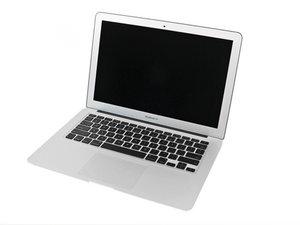My original SSD is corrupt & problematic.
However, the replacement SSD has the same issues.. one would never know the SSD was replaced. It makes no sense.. Any ideas??
Update (10/25/2019)
Hi Dan - After I found I had the same issues regardless of which SSD was installed, I was perusing the Apple Community Discussions and believe the issue isn't either SSD's. The problem is some system disk images that were created a year ago after I installed High Sierra from a thumb drive. After the installation it left a macOs Install data file that I didn't see.
I just discovered that mac's are designed to maintain disk image files irrespective of a SSD. I spent a lot of time trying to figure out how to delete a system disk image via terminal.... I came to the conclusion it is either not possible or requires an understanding of terminal use that is beyond me. If I am wrong, please let me know!! Thank you very much.
Questa è una buona domanda?


 2
2 

 329
329  970
970
Can you give us the details of your SSD. Post a picture if you can [Aggiungere immagini ad una domanda
da Dan
Not sure I follow what you are stating in your update. There are no image files within the Boot volume. Are you talking about the recovery partition?
I still go back to square one here as I really need to know the details of your SSD's as that has a bearing on what your problem is. Without knowing I can't help you.
da Dan
@danj - I apologize - YES, the issue is in my recovery partition & some of the disk image files in that partition. Thank you.
da Lisa
And your drive is....
da Dan